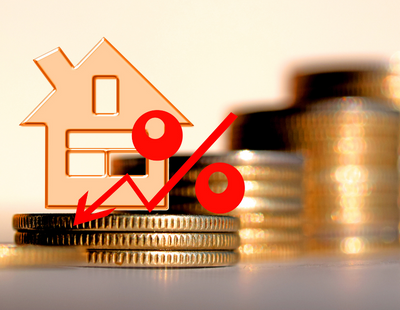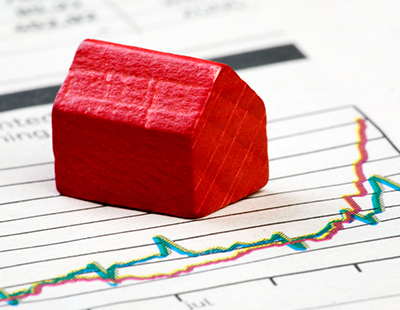In contrast, annual price growth was at 2.7% in March 2023.
Prices also rose on a monthly basis by 0.7%, the Land Registry said.
Annual house price inflation was highest in Yorkshire and the Humber, where prices increased by 5% in the 12 months to March 2024. The region also saw the highest growth on a monthly basis at 2.2%.
London was the English region with the lowest annual inflation, where prices decreased by 3.4% annually.
Commenting on the data, Iain McKenzie, chief executive of The Guild of Property Professionals, said: “Another month of growth for house prices will be welcomed by sellers who were concerned this time last year that their home had lost significant value.
“First-time buyers may be worried that any rise in prices will make the dream of homeownership further out of reach. However, it should be reassuring that if you are in a position to buy now, it is less likely that your home will drop in value after you sign on the dotted line.
“Affordability is undoubtedly a barrier to getting on the property ladder, and we need a renewed effort to make housing accessible to people in this country
“The good news is that inflation is coming down, though not as fast as the Government hopes for. The latest figures had been predicted to come closer to the 2% target, but the fact that it stands at 2.3% could push the Bank of England to delay any cuts to interest rates.
“So long as interest rates remain high, there will be a barrier for some people to get a mortgage and it forces lenders to withhold their best deals from the market.
“This scenario will likely change in the upcoming months however, and we expect a shot of vitality to flow into the property industry in the second half of the year.”
But other commentators have highlighted the time lag for Land Registry data, suggesting that it shows activity from the end of 2023 and early 2024 when mortgage rates were lower.
Jonathan Hopper, chief executive of of Garrington Property Finders, said: “For all the excitement the positive figures have generated, they could be a blip rather than a bounceback.
“A statistical steward’s enquiry might even suggest they’re more likely to be a sign of just how many buyers jumped the starter’s gun in January, rather than evidence of a market galloping away at top speed.
“These figures capture many of the sales that were agreed during the brief, but heady, weeks at the start of the year when interest rates fell and demand spiked.
“Since then, interest rates have gone back up, reining in buyer demand just as the number of homes coming onto the market has risen rapidly.
“The net effect has been for prices to cool as buyers are increasingly spoilt for choice. In fact, with supply outstripping demand in several areas, buyers who have their finances in place find themselves in a very strong position – able to negotiate hard on price.
“However with consumer inflation now down to what the Prime Minister has called a ‘normal’ level, a cut in interest rates is surely not far off. And while no-one should expect the cost of borrowing to return to the historic lows seen during Covid, each reduction in interest rates will make it easier for people to buy a home.
“It’s far from business as usual in the property market but this exceptional data suggests it’s coming closer.”








.jpg)







.png)


.png)




Join the conversation
Be the first to comment (please use the comment box below)
Please login to comment